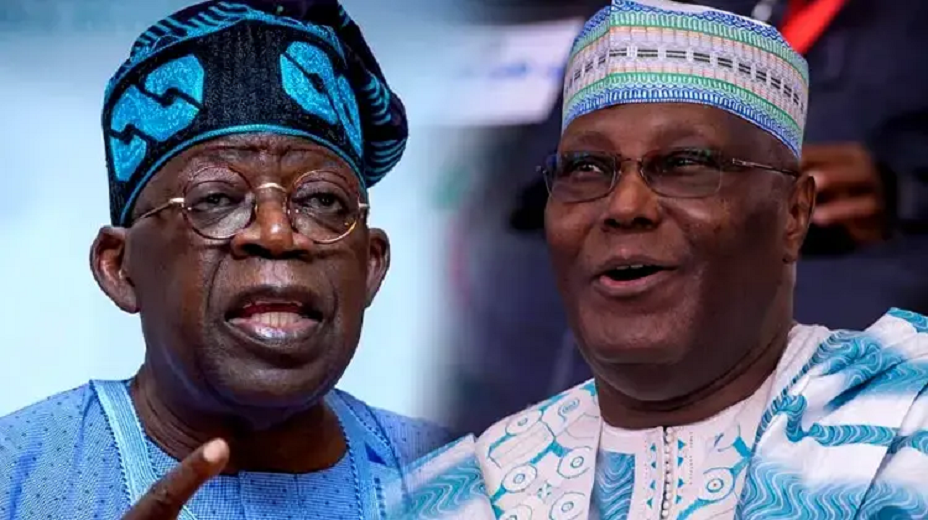By Loren Lubanga, Key Accounts Executive at Infobip Kenya
The digital native culture and the rapid pace of technological advancements have triggered a revolution in the way we communicate, with the proliferation of online platforms and digital communication channels. It has brought about a significant transformation, leaving traditional forms of communication forever altered.
While voice calls and face-to-face interactions used to be the primary form of communication in the past, digital natives’ preference have fundamentally transformed communication patterns, with the current generation choosing to engage over platforms such as chats apps, email and even video calls.
These forms of communication are thus being rapidly adopted by businesses to interact with their clients, as well as employees, with many organisations, such as banks for example, using digital platforms to communicate with certain demographics that form part of their clientele.
Consequently, the transformation of communication patterns and digital natives’ preference for asynchronous communication have reshaped the concept of privacy and personal boundaries, while also introducing a variety of benefits and challenges to the way we engage with each other and with businesses.
For example, asynchronous communication, such as emails and text messages, allow people to communicate with anyone, at anytime, anywhere in the world. The unique nature of this interaction allows people to respond to messages at their own convenience, fostering flexibility and efficiency. Additionally, businesses are able to provide instant feedback to customers, leveraging chatbots or contact centre agents based on availability.
Digital footprint
Aside from enhancing the customer experience, asynchronous communication also creates a digital footprint, ensuring that an audit trail is available as a record of a specific query or engagement that a customer may have had with a business.
On the downside, engagement over digital platforms misses out on the authenticity of in-person or voice call communication as it cannot convey a person’s body language, mood, or tone. This can be a distinct disadvantage during more sensitive engagements, such as when closing a business deal or negotiating a contract. The absence of these intrinsically “human” aspects of communication can therefore have an adverse effect on the depth and quality of the interaction. However, a combination of legacy and digital channels can effectively negate these challenges.
While digital platforms allow people to communicate seamlessly across time zones and regions, it does not necessarily overcome the language barrier that might exist in different parts of the world or even across a single continent. Additionally, asynchronous communication can result in the misinterpretation of intentions, for example, when a recipient receives a text message or email but does not respond immediately, the sender might feel that their communication is being ignored.
Visual communication
Another aspect of digital engagement that is gaining popularity is the use of visual communication such as emojis, memes and GIFs, which all feature significantly in digital native culture. These can be useful to convey emotions and nuances in asynchronous communication. For example, instead of asking a customer to complete a time-consuming survey to rate the service they’ve received from a company, they could simply be asked to select an emoji that best conveys their level of satisfaction.
However, it is important to keep in mind that not all emojis, memes or GIFs carry the same weight and meaning in all parts of the world. While certain visual communication could be considered funny or endearing in some countries, other cultures might find the same images offensive, inappropriate or lacking weight and sincerity.
Thus, while traditional engagement is being disrupted by digital native culture, organisations should be aware that these communication patterns bring both benefits and challenges with them. Ideally, enterprises should have the correct mix of both digital and legacy communication channels, which must be governed by the right frameworks to convey the right message within the right context.

























































